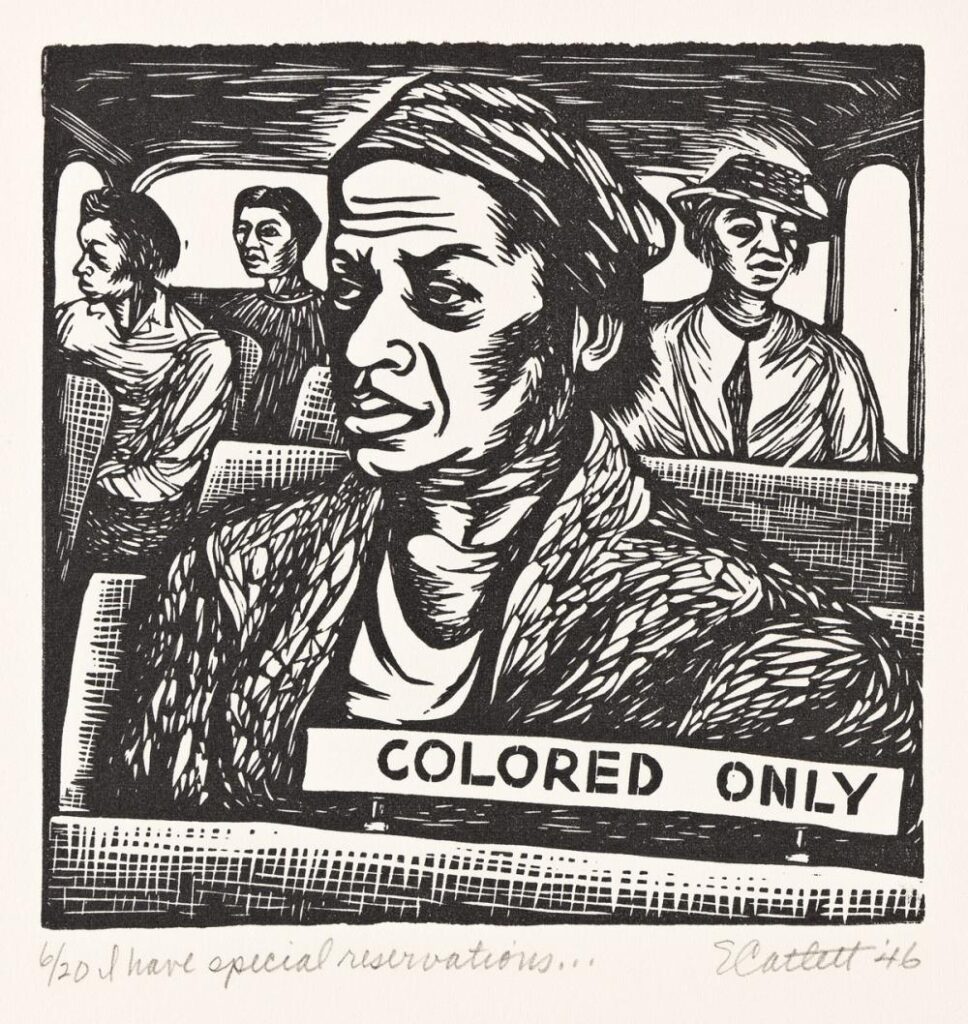From the previous PRAXIS assignment, I wanted to use a data set that is much larger and has a greater impact on the feeling when you visualize it. I chose the data set of school shootings in America (the land of the free), not only did it hit my pinpoints (unfortunately) but it has and forever will be an important topic for centuries. The data set from K-12 School Shooting Database was kind enough to have the data open upon request.
Listed below is my thought process on all visualizations:
- For all visualizations, I wanted the primary color orange which is the universal gun awareness color (orange crossed ribbon). The pie chart was the only outlier and I chose a rainbow color palette purposefully to signify the oxymoron of “Schools being a safe place”.
- One or two median visualizations are required for others to understand the data set if first glancing at it + one/two visualizations that I found interesting and wanted to bring attention to.
- Make sure to include the Null to show that there will always be inconsistencies with data no matter how great it is.
- There was a vast difference in the quarter that the school shootings took place. Following is the total number of incidents per quarter from 1970-2022; Fall (718), Winter (586), Spring (556), Summer (252), and Null (11). The highest amount of incidents took place during the Fall which made me think of the term “Holiday Depression” does that have something to do with the incidents? (I wish there was a column on the mental illnesses that the shooters had if any)
- My closing thoughts: My condolences to those (victims and families) that had to go through any of these situations. Thank you to the K-12 School Shooting Database for inputting all of these incidents for others to represent and bring awareness to these matters; if anyone would like to donate to the Database you can through here. If you have any comments or thoughts please share them.
Header: Criminal aiming gun camera, threatening burglar at victim istock photo





